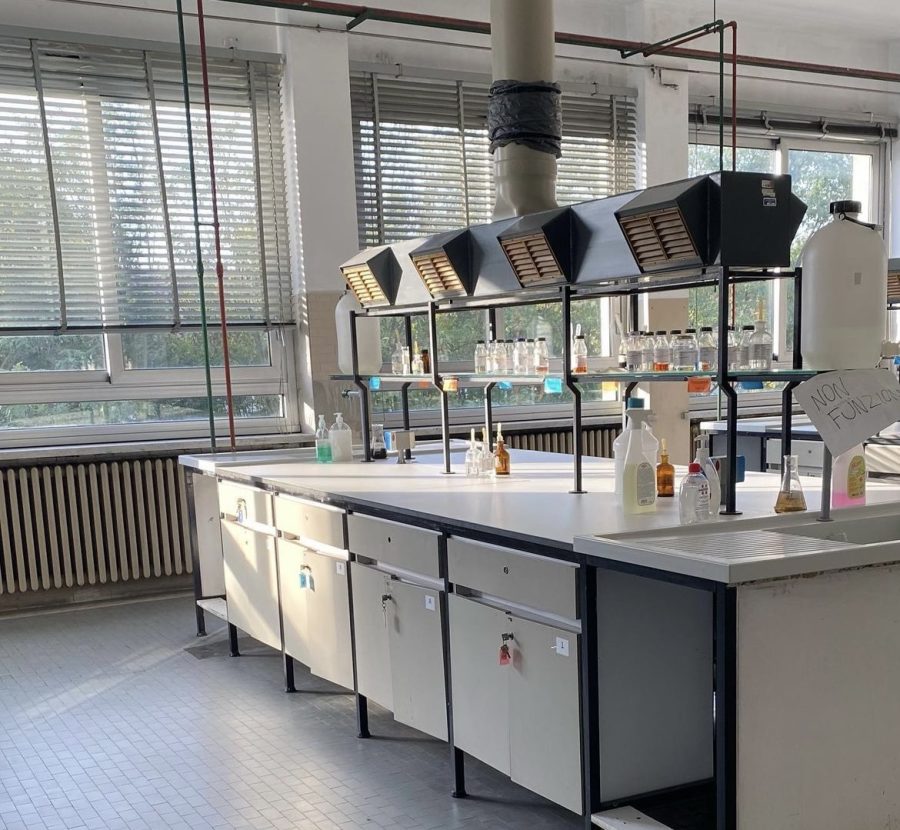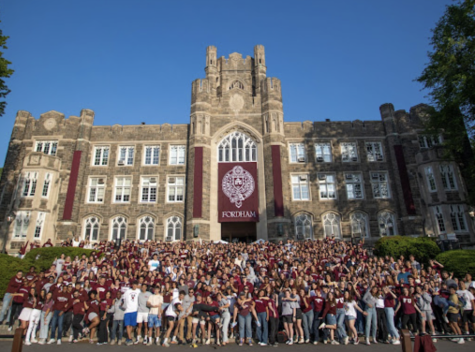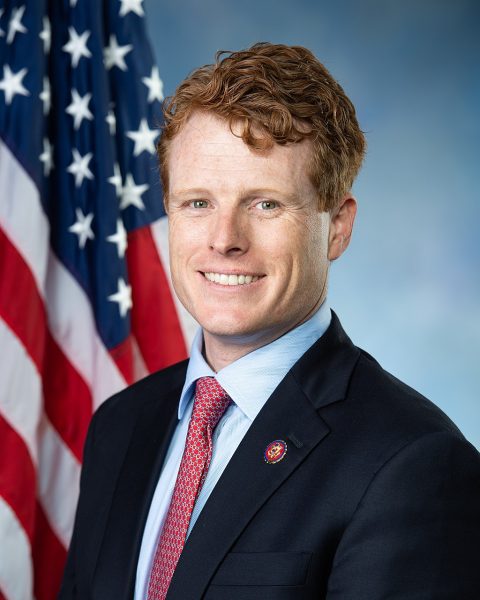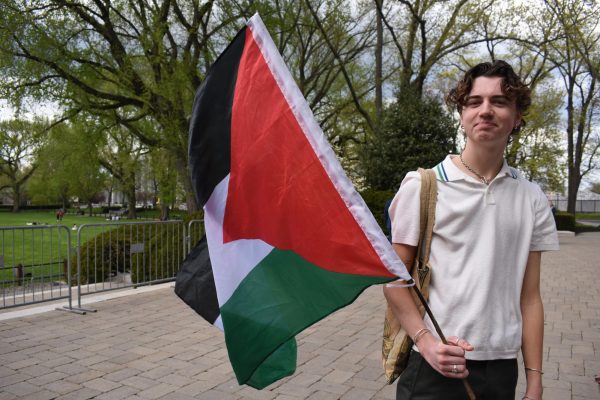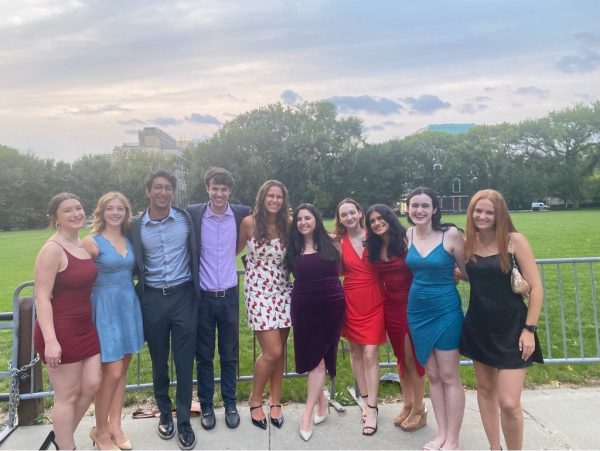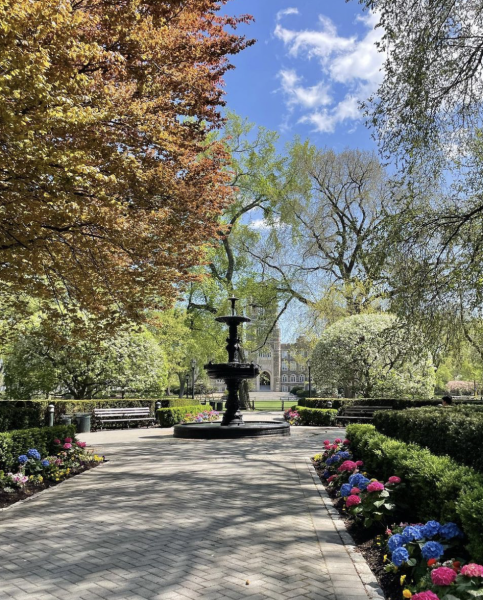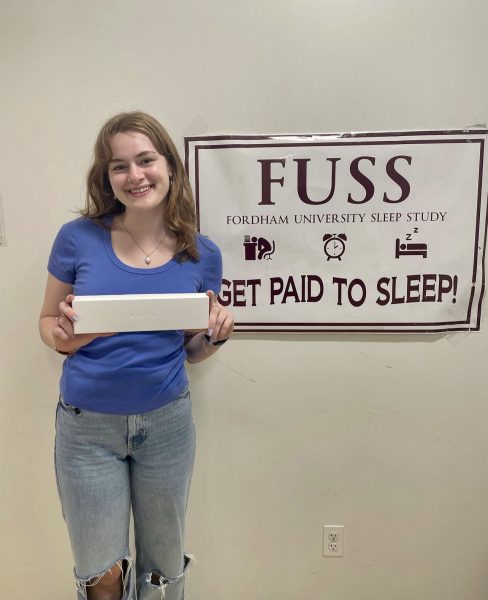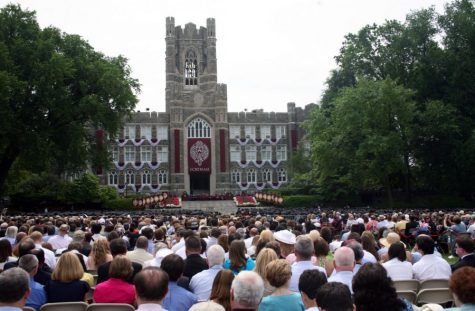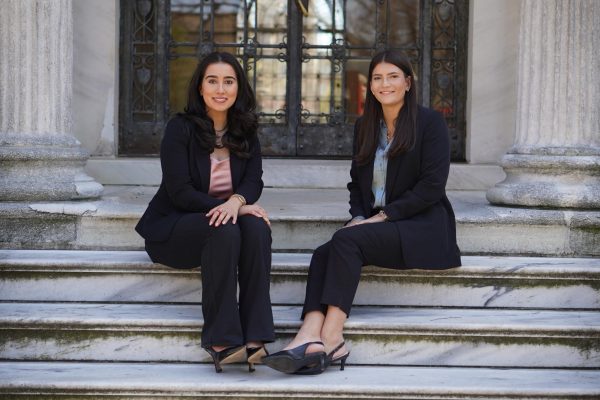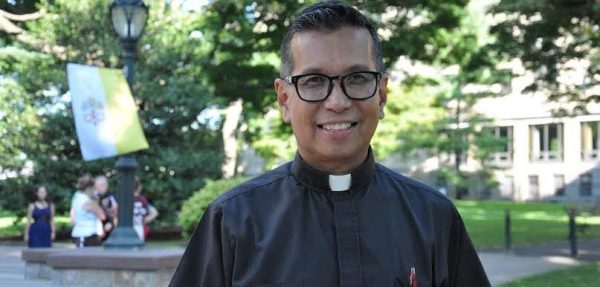Junior Makes Breakthrough in Chemical Research
Clara Victorio, FCRH ’24, is majoring in chemistry and minoring in math, and has been conducting research centered around protein-protein interactions (PPIs). PPIs are fundamental in a lot of biological processes, and their malfunctioning can lead to certain diseases, like neurodegenerative diseases and cancer.
In order to study these interactions, molecules called peptides have to cross the cell membrane, which poses an issue because the peptide has a polar surface, which does not interact well with the hydrophobic cell membrane. “It’s kind of like how oil and water don’t mix,” said Victorio.
To remedy this, Victorio has been working to understand how the structure of the peptides themselves affects their cell permeability. Up until recently, Victorio’s main work has revolved around isolating the structural changes in the peptides without changing the underlying sequence of the peptides to see if 3D structure is the variable that affects permeability. However, Victorio has recently made a breakthrough in her research that has allowed her to shift her work into a new area.
After testing several approaches, Victorio discovered two different oxidation methods that provided access to different peptide structures. Victorio had been using a previously established method that was supposed to result in two cysteines coming together to form an intramolecular disulfide bond, which is when one peptide reacts with itself.
“But instead, what I found was that it took two copies of peptides and connected them to each other to form what I’m calling a peptide dimer… and that was completely unexpected because I was just trying to form the intramolecular species,” Victorio said.
This species that Victorio unintentionally formed proved to be beneficial for her project because it provided a third structure that she could use to test the cell permeability with. This third structure was one of the main synthetic achievements of Victorio’s research thus far.
After this synthesis stage, Victorio has now progressed to a new phase of her research. Working with the biology department and her advisor, Dr. Nicholas Sawyer, Victorio has been able to incubate mammalian cells with these different peptide forms, and then use a technique called flow cytometry to compare the cell permeability of each of these forms.
“This directly addresses my main question of ‘how does peptide structure affect cell permeability?’ because depending on the peptide form that the cells are treated with, if the peptide structure is more permeable, then the cells will be able to take in more amounts of that peptide,” Victorio said.
To test this, Victorio has attached a fluorescent tag to the peptides so that the cells that had peptides in them would be fluorescently labeled so that she could measure the fluorescence intensity, which provides insight into the relative cell permeability of each peptide form.
Before this development, Victorio’s work in the lab revolved mostly around the chemical synthesis of these peptide structures, but now, she has had to learn more about cell culture and the basics of flow cytometry, so her experiments in the lab have been looking very different from her previous work. “Along with that shift, some of the work that I’m hoping to do also is more focused on cells, specifically whether the disulfide bonds can be broken inside the cells, not just in a test tube… so it’s kind of a shift from the more synthetic side of things to more cell-based work,” Victorio said.
With the progress that she has made, Victorio can now see her project branching into two important areas of science: one involving chemical synthesis and the other that is more related to its application in living systems like cells.
On the synthetic side, Victorio has so far implemented one crosslink, but she says that there is no reason why they need to stop at one; she notes that previous research has shown that crosslinks can be introduced to stabilize a helical structure in peptides, which are helpful in allowing the peptide to inhibit PPIs.
“If we combine the benefits of the crosslink that I’ve been researching… and combine it with a different crosslink that helps the peptide bind to its target within the cell, then that can create a really effective tool, not only for research but for other practical applications down the line.” Victorio said she hopes that this is one area that her project can continue to delve into. For the other side, Victorio said she thinks that now they can not only look at whether the peptide can cross the cell membrane, but also how it functions within the cell itself. The peptide that Victorio has been studying was designed to inhibit the interaction between the proteins p53 and Mdm2, which is important in cell proliferation and tumor growth.
“So ideally, if this peptide can inhibit this interaction, then we should notice that the p53 levels are restored, and therefore able to continue with their programmed cell death and not grow uncontrollably, like we see in most cancers.”
Victorio has also had some personal lessons throughout this process. “I’ve had to learn to be persistent despite reactions that don’t work as intended… and basically just having to adapt to the unexpected.”

